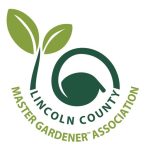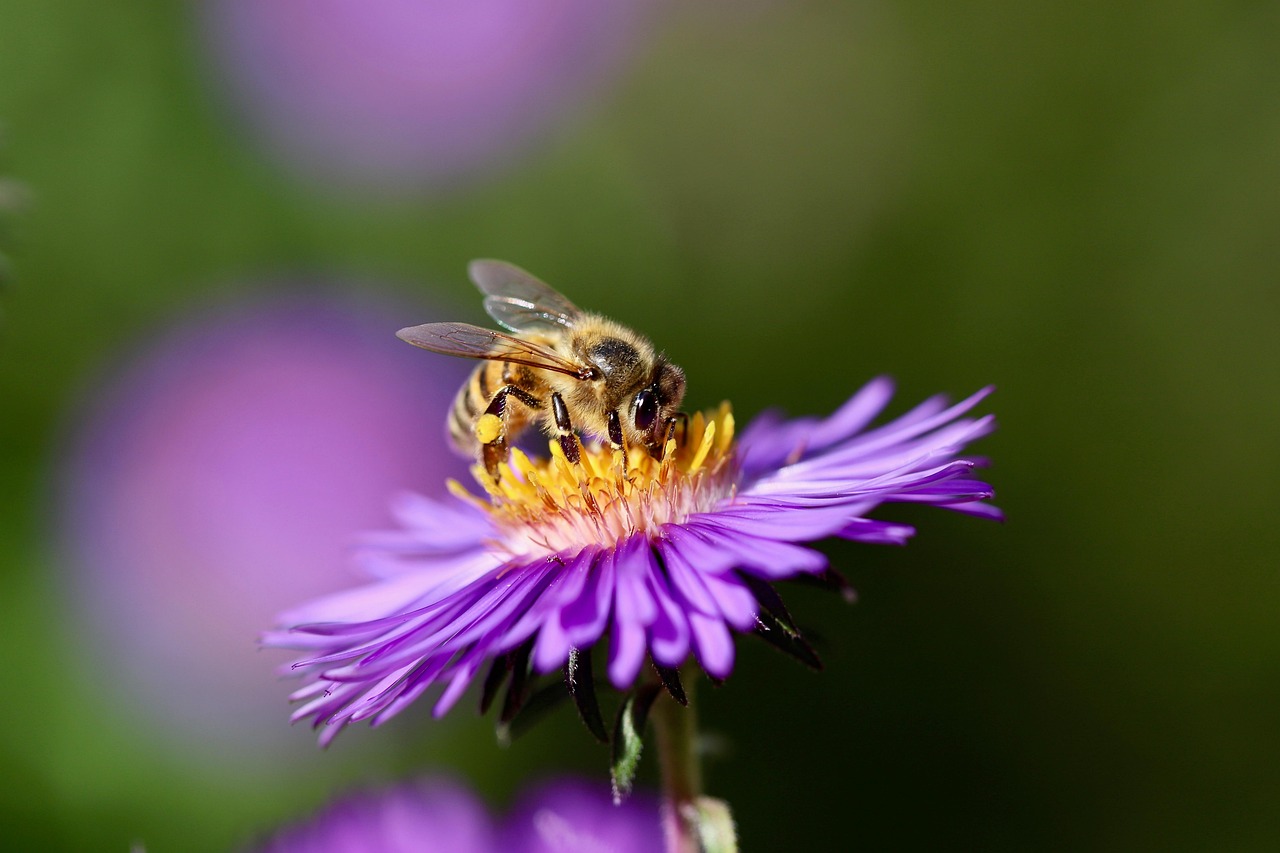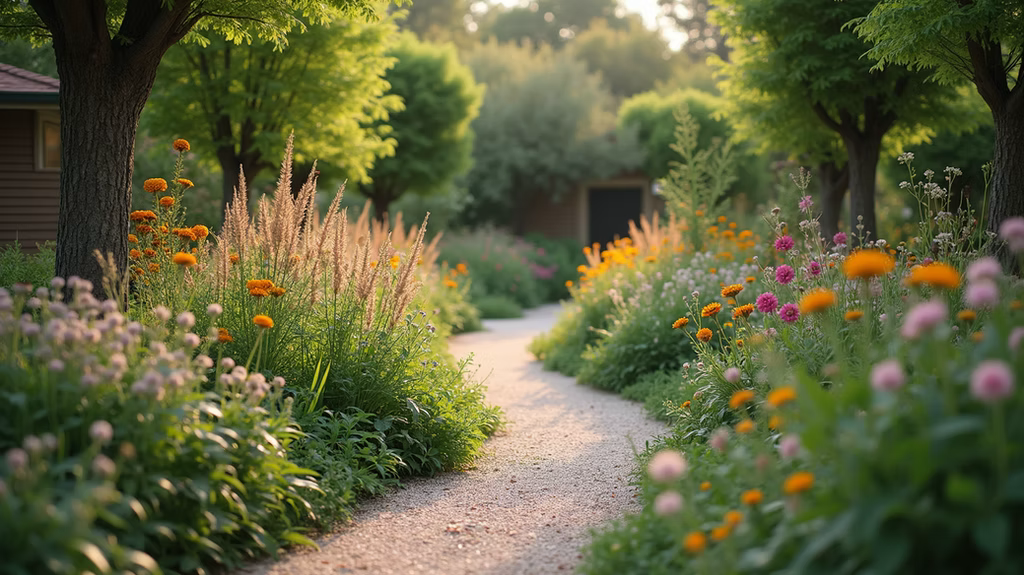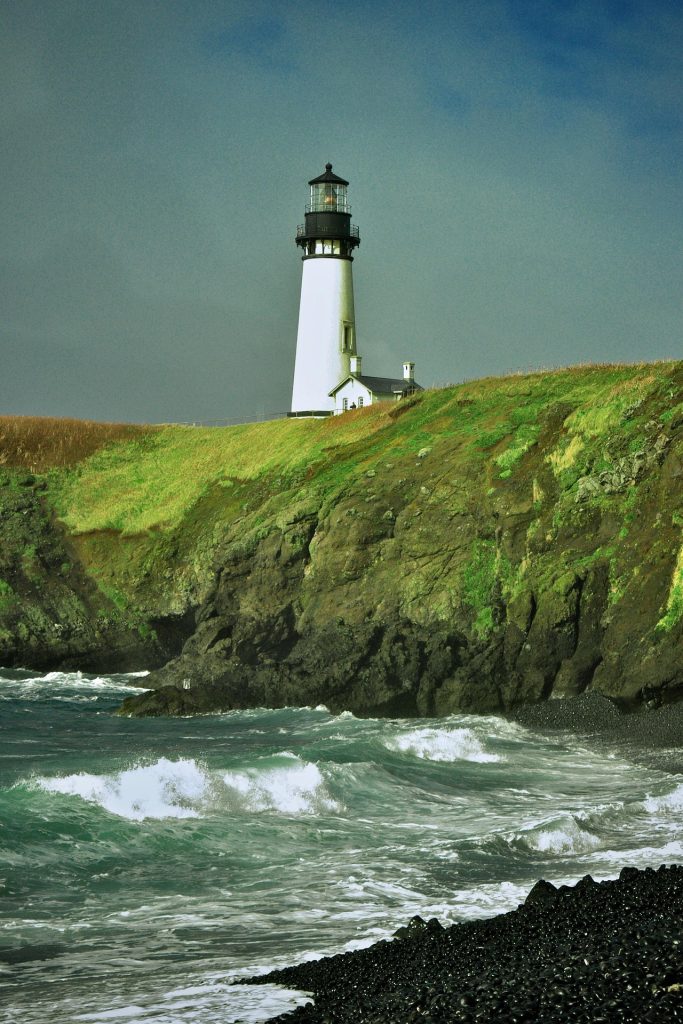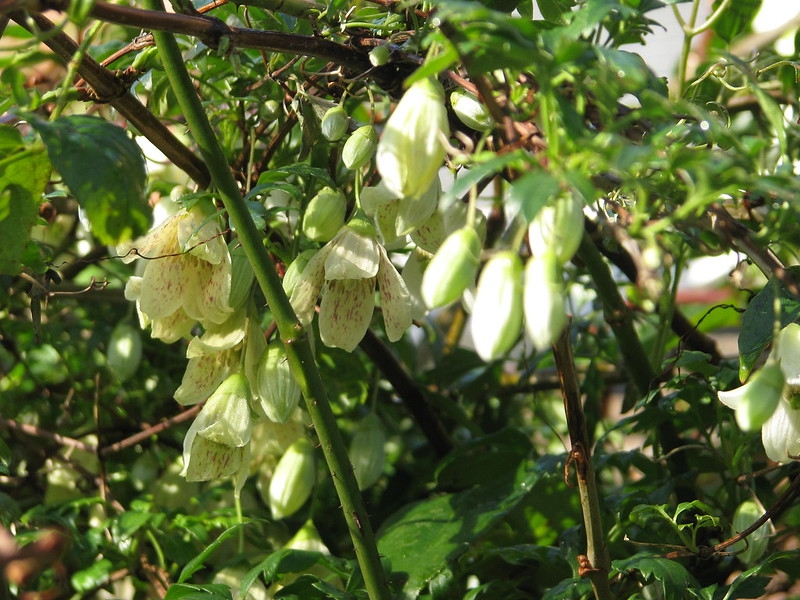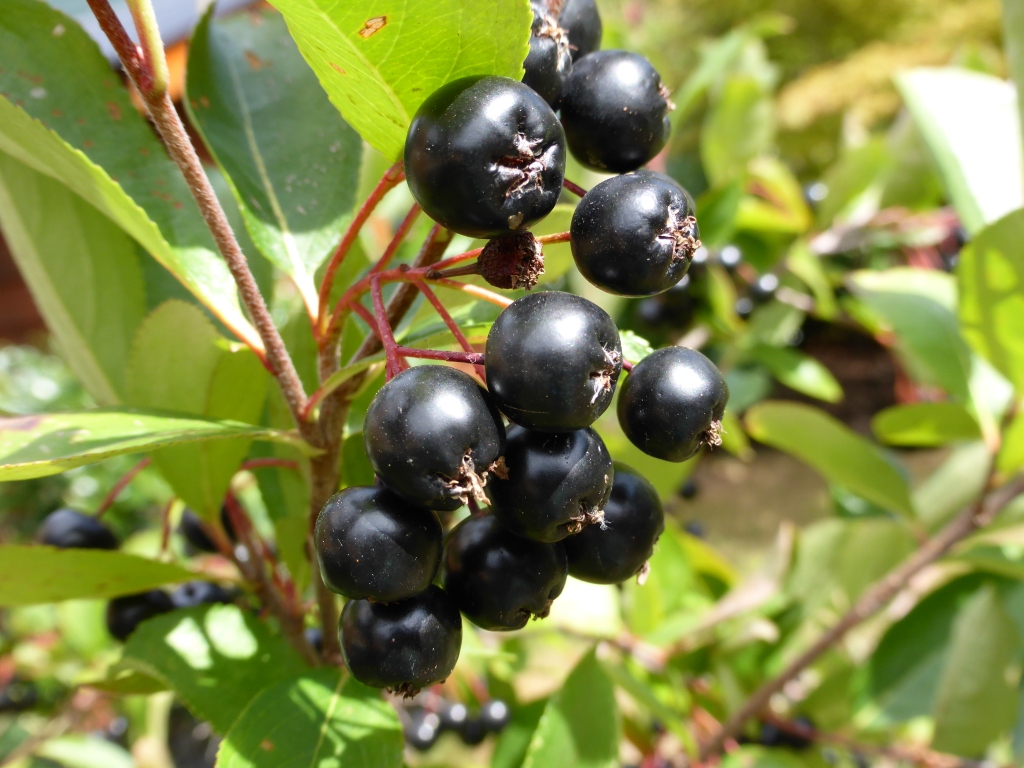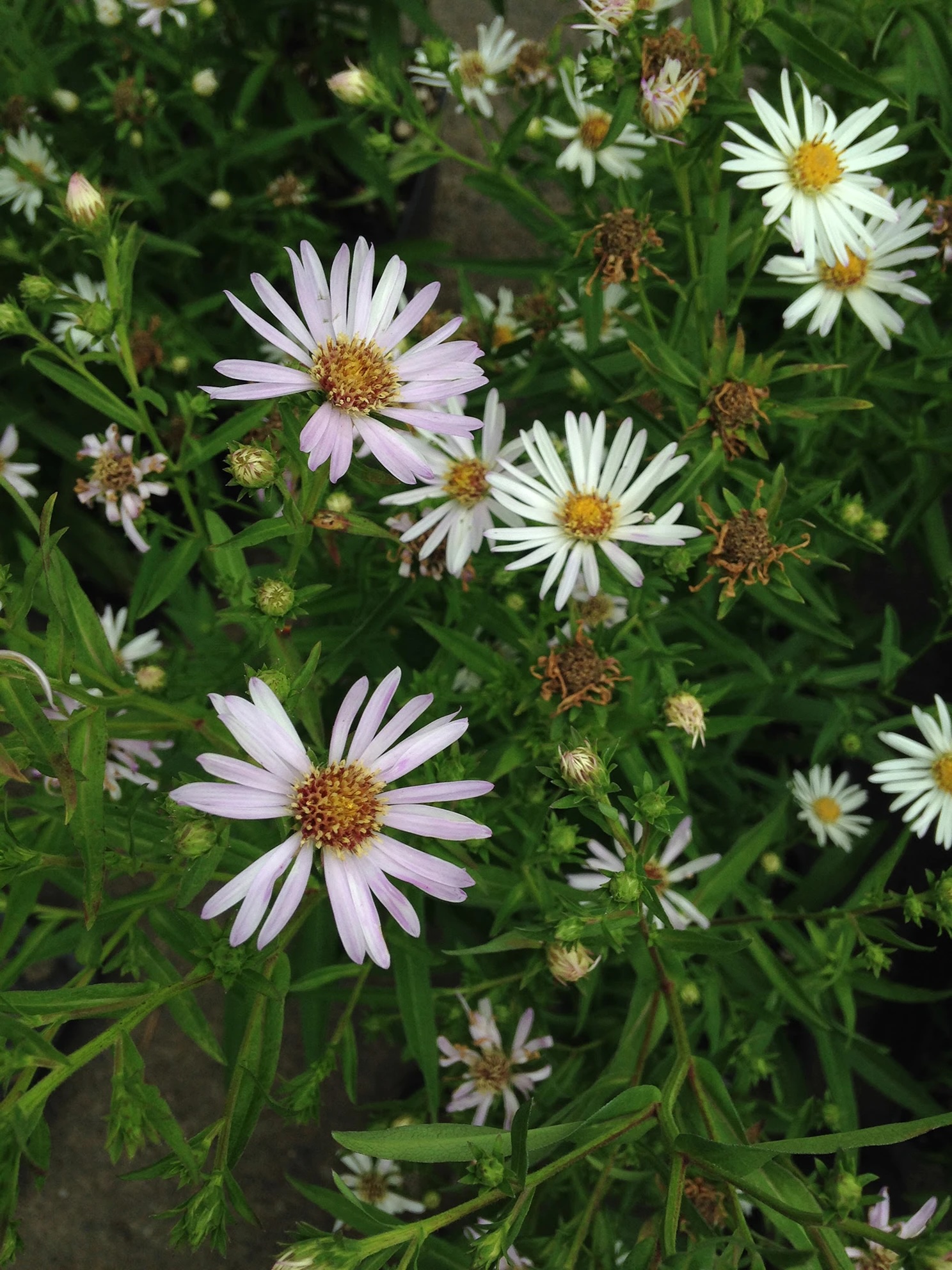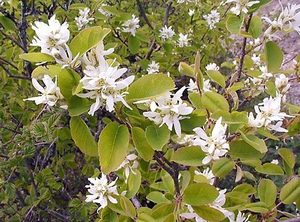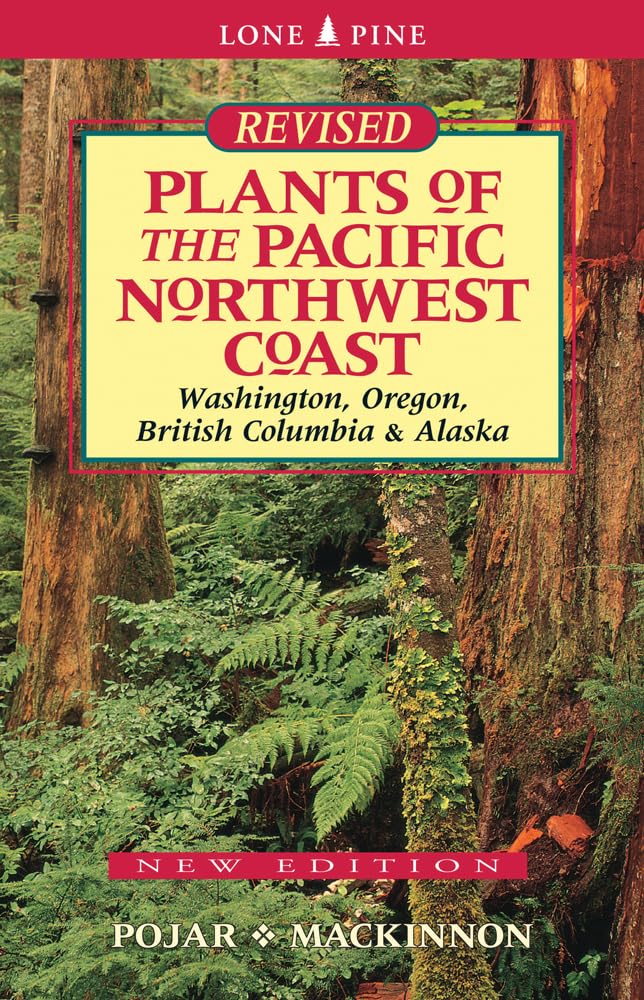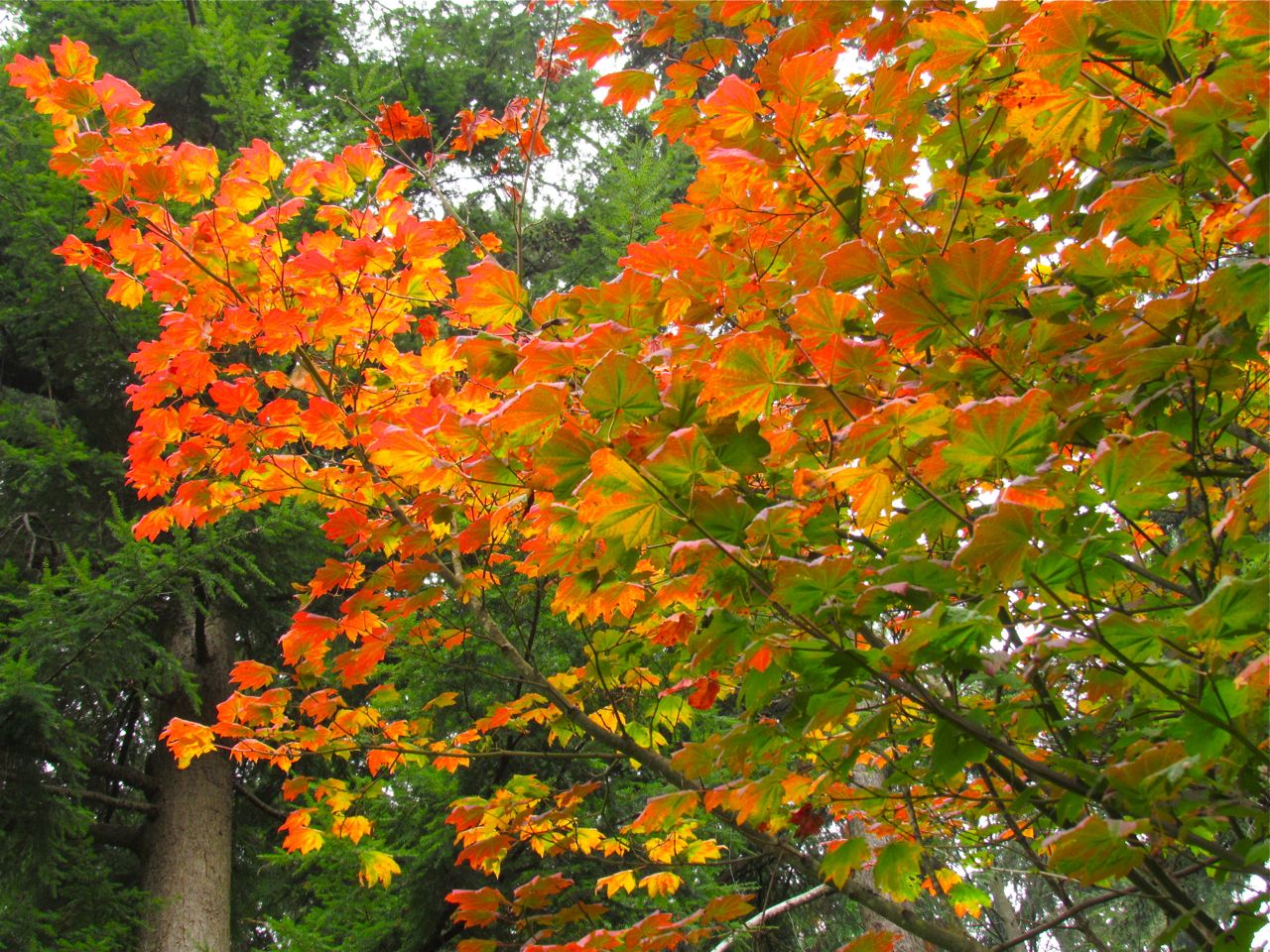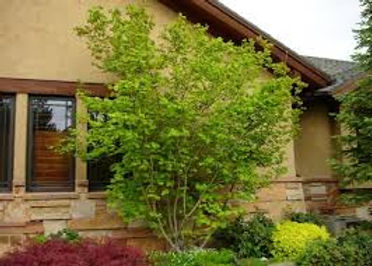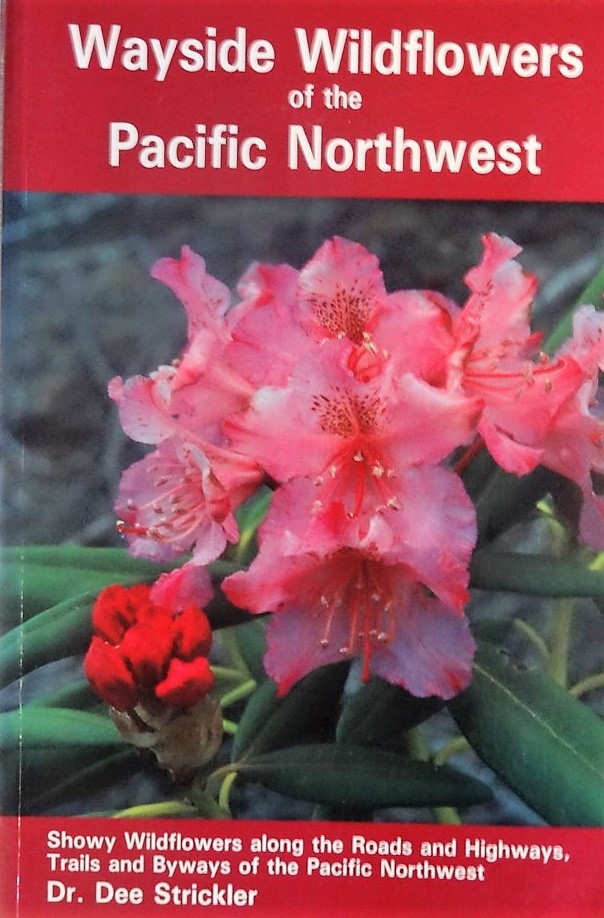Bees play an essential role in our ecosystem by pollinating plants, which allows for the growth of fruits, vegetables, and seeds. However, bees are facing increasing threats from habitat loss, pesticide use, and climate change. One effective way to support these vital creatures is by planting native plants that provide the forage and habitats they need to thrive.
The Importance of Bee Plants
When we refer to "bee plants," we are talking about plants that provides nectar and pollen for bees. These plants are crucial for bees. Many species of bees are specialized and require specific types of plants for food. Native plants are particularly beneficial because they have co-evolved with local bee species, creating a natural synergy that enhances pollination efficiency.
One of the critical benefits of native plants is that they bloom at different times throughout the growing season. This ensures that bees have access to food sources throughout the year. For instance, early bloomers like crocus and snowdrops can provide much-needed sustenance for bees emerging from hibernation in early spring. Late bloomers such as goldenrods and blanket flower can keep bees fed well into autumn.
Additionally, native plants are adapted to the local soil conditions and climate, requiring less water and maintenance compared to non-native species. This attribute allows for a more sustainable gardening approach, which is appealing for individuals aiming to create bee-friendly landscapes.
Planting Native Bee Plants
Creating a bee-friendly garden starts with choosing the right plants. Here are a few native plants that can attract bees:
- Coneflower (Echinacea purpurea): A vibrant flower that bees love, it attracts a variety of bee species. It blooms from mid-summer to early fall.
- Black-eyed Susan (Rudbeckia hirta): This sunflower-like plant has a long blooming season and is effective in attracting bees.
- Douglas Aster (Symphyotrichum subspicatum):This plant has bright violet flowers and edible leaves and is adaptable to various soil types.
Remember to incorporate plants that bloom in different seasons to provide ongoing food sources for bees. You can learn more about other native plants on the Lincoln County Master Gardener website
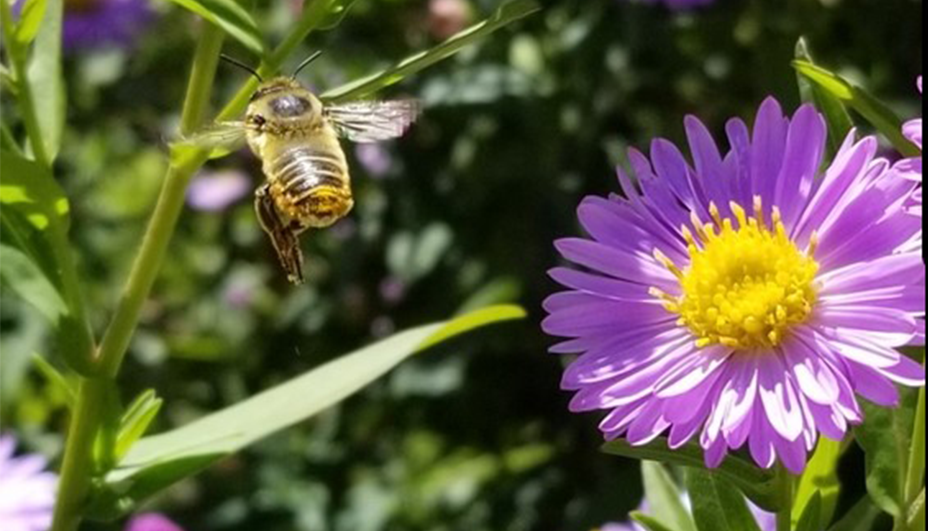
Coneflowers attract various bee species.
The Role of Native Plants in Ecosystems
Beyond providing food for bees, native plants play a significant role in supporting the overall health of ecosystems. They create habitats for a diverse range of wildlife, including birds, butterflies, and other beneficial insects. Native plants also contribute to soil health by improving its structure and fertility, which benefits all garden inhabitants.
A study conducted by the Center for Pollinator Research at Penn State University found that habitats with a higher diversity of native plants support a more abundant and diverse bee population. This means that not only do individual bee species benefit, but the overall health of the bee community is enhanced as well.
Additionally, native plants help mitigate issues like soil erosion and water runoff. Their deep root systems stabilize the soil, promoting healthier landscapes. This is essential in urban environments where natural habitats have been drastically altered.

Diverse native plants create a healthy ecosystem.
How to Encourage Bees in Your Garden
Creating a bee-friendly garden will require some intentional planning. Here are a few actionable steps you can take:
- Choose Native Plants: Opt for a mix of flowering plants that bloom at different times of the year. This ensures that bees have a consistent source of food.
- Avoid Pesticides: Many pesticides are harmful to bees. If necessary, choose alternatives that are safe for pollinators or consider organic gardening methods.
- Create Nesting Sites: Provide nesting habitats for bees by leaving patches of bare ground, or consider building bee hotels for solitary bee species.
- Reduce Lawn Space: Lawns provide little to no food for bees. Reduce the amount of lawn area by replacing it with native flowering plants.
Incorporating these practices can significantly impact your local bee populations, empowering them to flourish and continue their crucial work in our ecosystems.
Join the Movement
As individuals, gardens can be a vital part of restoring healthy environments for bees. By advocating for native plants, you are not only helping pollinators but also fostering an ecosystem that benefits everyone. Engage with local groups or community gardens that focus on conservation efforts.
Volunteering for native plant restoration projects or educating your community about the importance of bees can amplify the impact. The more awareness we create regarding the needs of these essential creatures, the more we can work together to protect them.
Final Thoughts on Native Bee Plants
In summary, native plants are essential for bees as they provide the necessary food and habitat for these critical pollinators. By planting native flowers, avoiding harmful pesticides, and fostering a bee-friendly garden, we can contribute positively to the wellbeing of bees and the environment as a whole.
Taking small steps toward creating a bee sanctuary will create a ripple effect in your local ecosystem, supporting not just bees, but countless other forms of wildlife. Let us reconnect with nature and make choices that protect it for generations to come.
